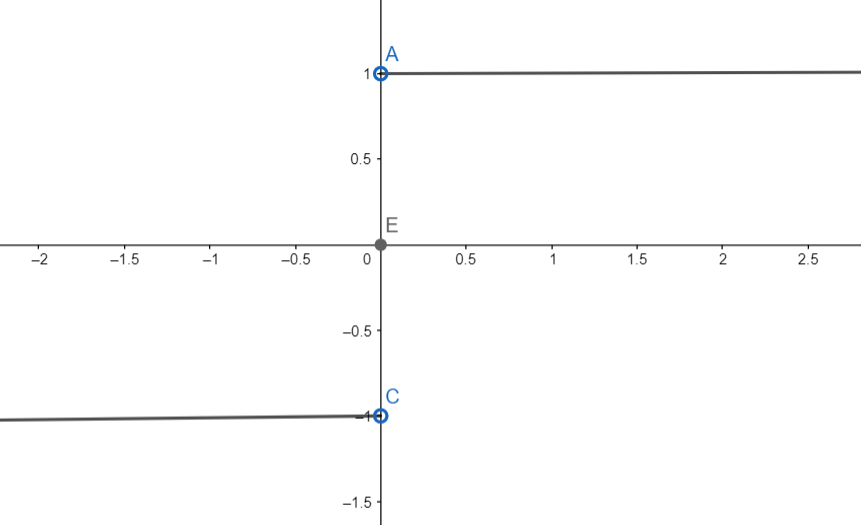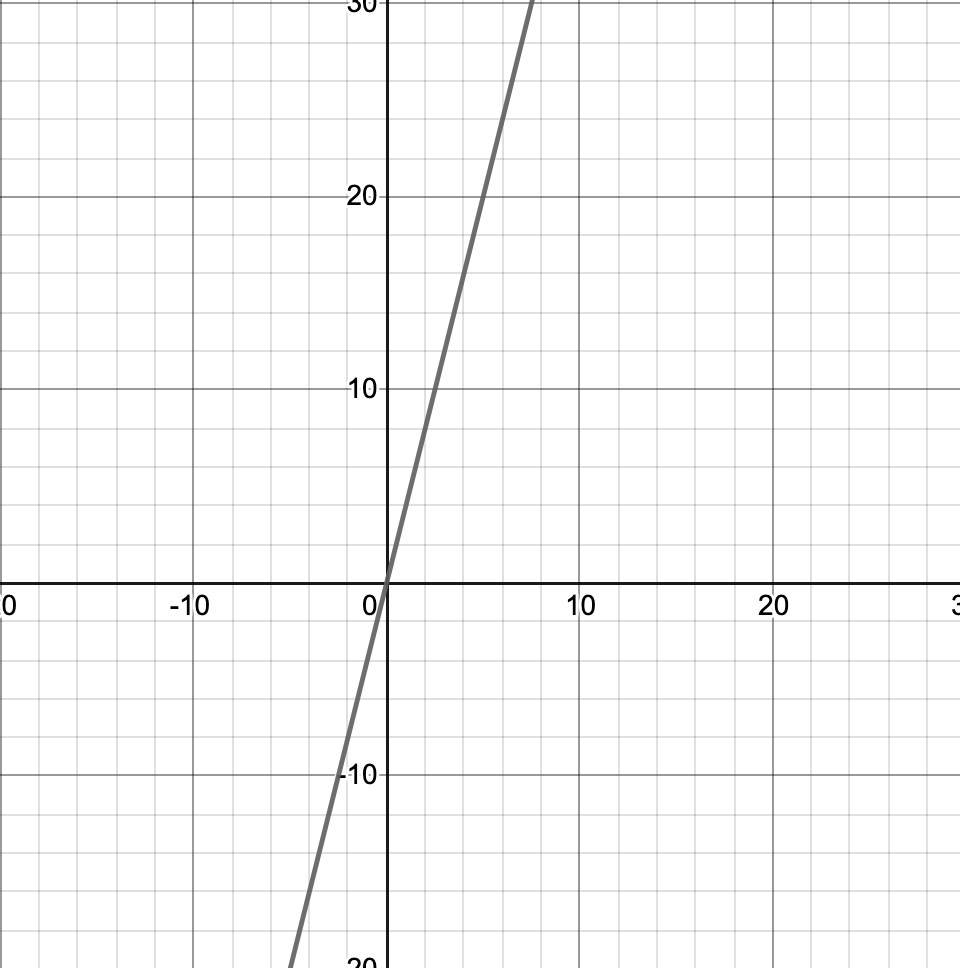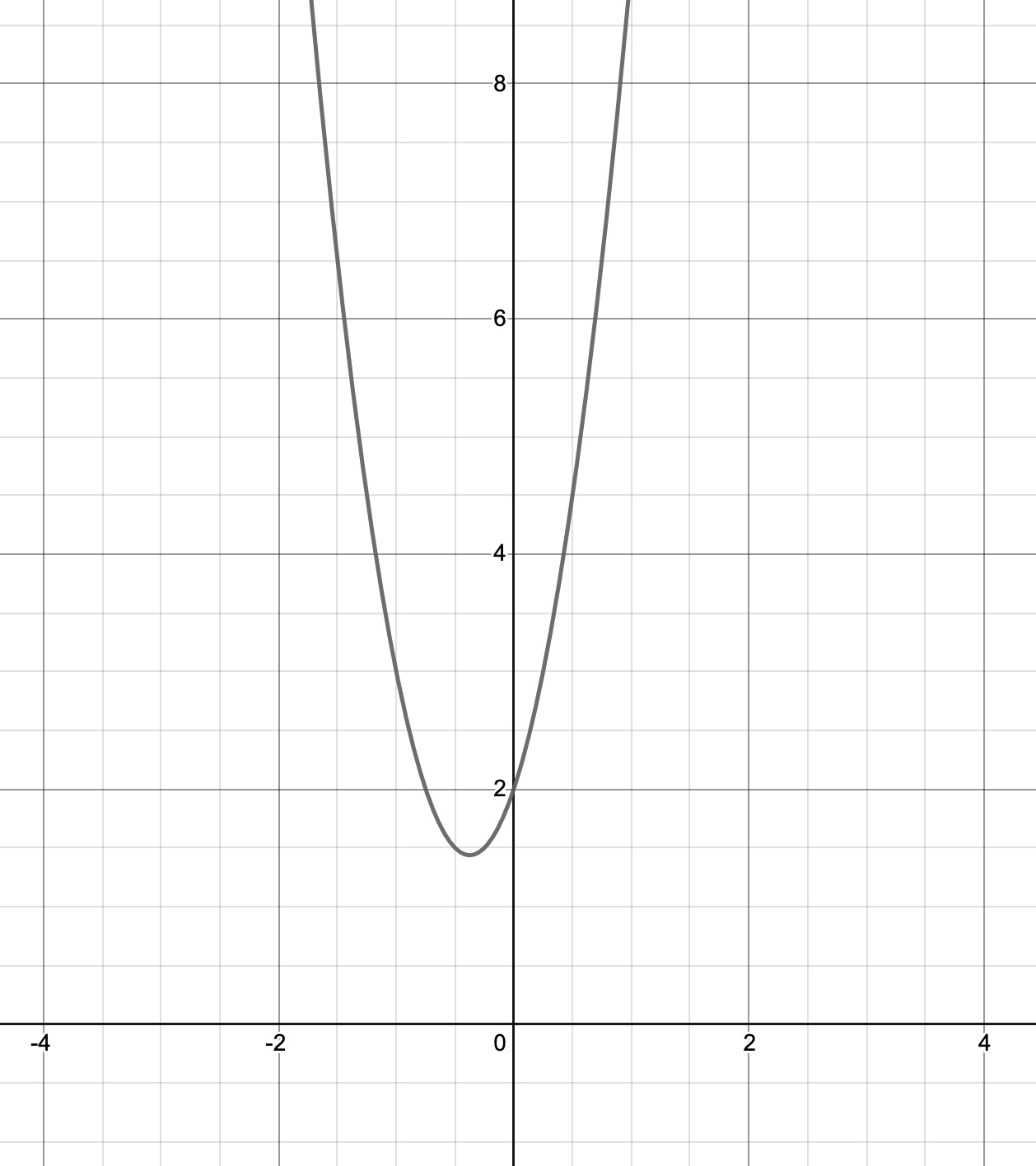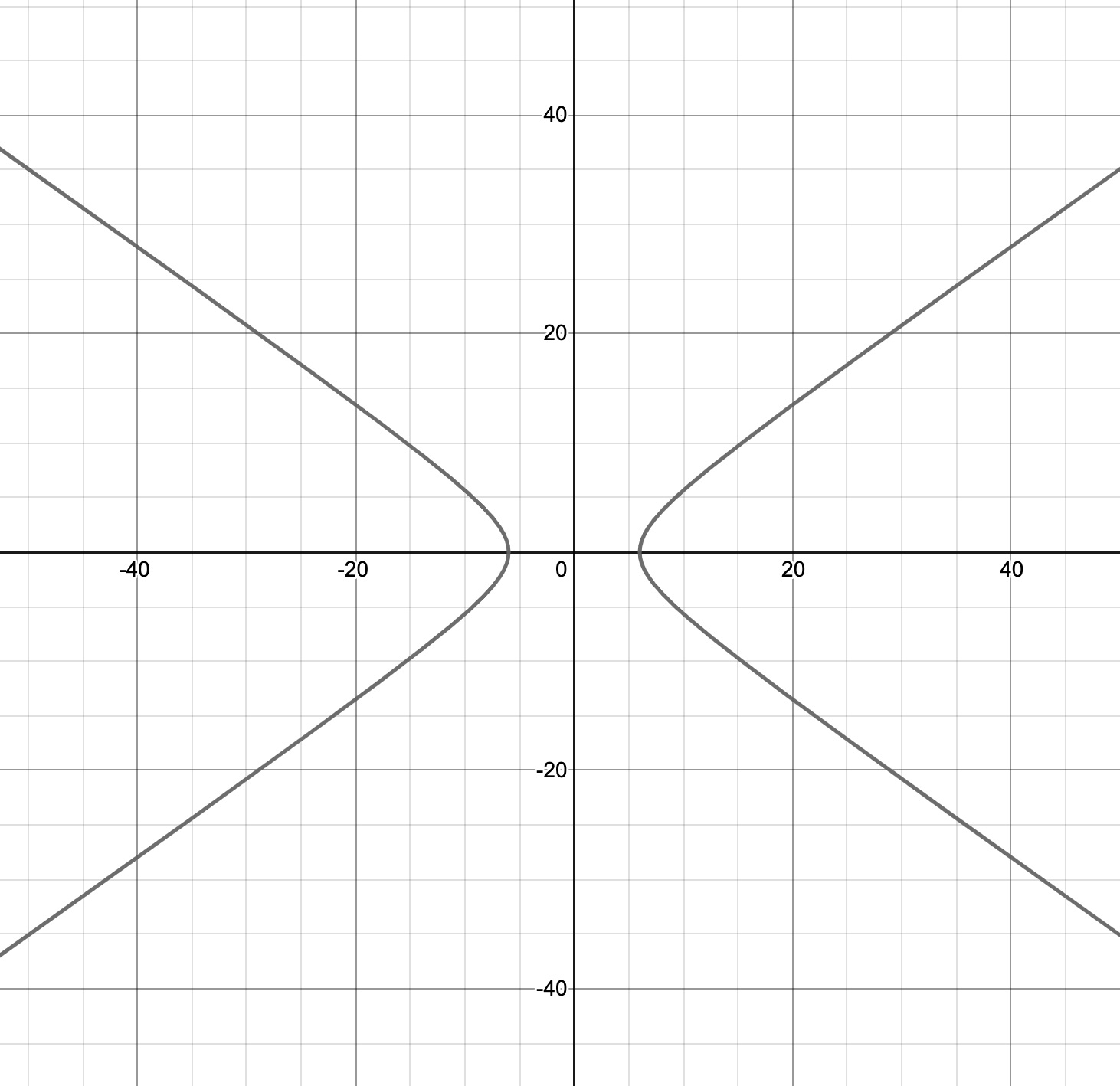EASY
Earn 100
Identify the graph of signum function and find whether the given signum function is odd or even.
(a)

(b)

(c)

(d)

60% studentsanswered this correctly
Important Questions on Functions
HARD
HARD
Where denotes the largest integer not exceeding . The positive integer for which is
HARD
HARD
HARD
HARD
Let be the set of real numbers and be defined by where is the greatest integer less than or equal to and Which of the following statement are true?
I. The range of is closed interval
II. is continuous on
III. is one-one on
HARD
EASY
EASY
HARD
MEDIUM
MEDIUM
MEDIUM
EASY
HARD
HARD

